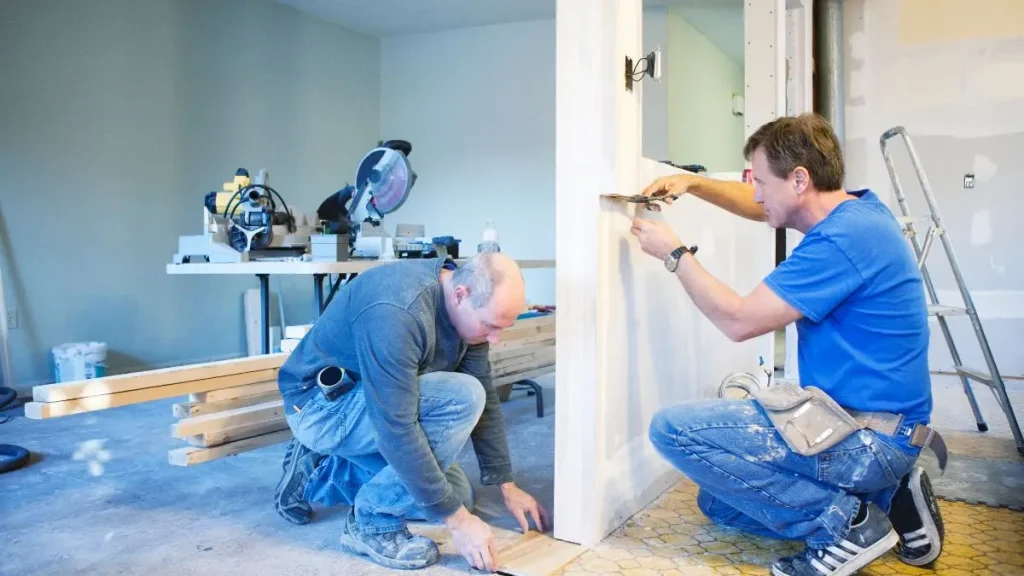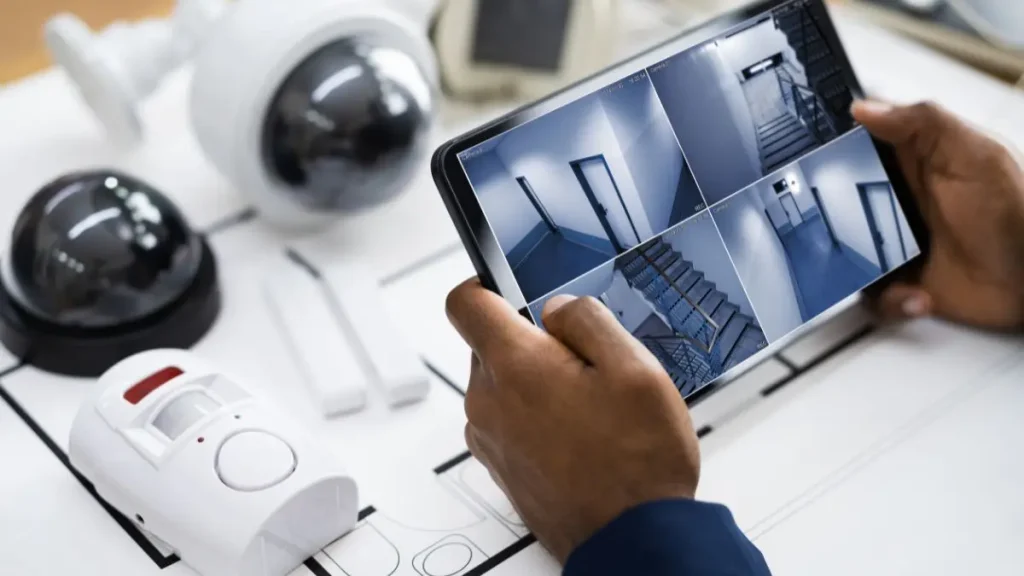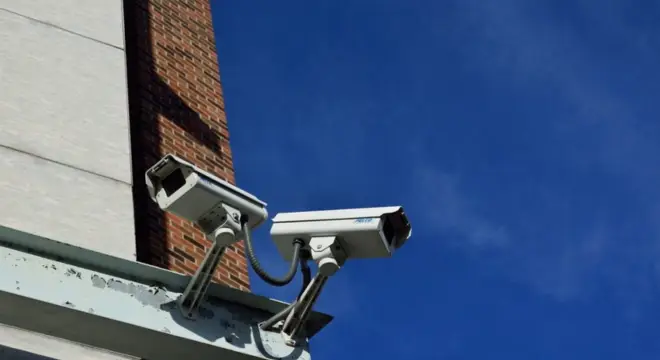Is Your Home Safe During Construction? What Experts Recommend
When you start tearing down walls or opening up your home for a remodel, you probably picture the finished space — not the risks that come with it. But here’s the hard truth: a house under renovation is one of the easiest targets for theft or vandalism. Doors are left open, workers come and go, tools and valuables are lying around, and sometimes entire sections of your home are exposed to the street.
I’ve seen homeowners get so focused on the design details — the tiles, the cabinets, the paint — that they forget the basics of security. And it only takes one night, one opportunist, for things to go wrong. Burglars know that homes in transition are vulnerable. Even contractors admit that security gets overlooked when everyone’s rushing to meet deadlines.
This is why extra precautions during renovation aren’t just “nice to have” — they’re essential. If you don’t plan for security before the work begins, you’re leaving your home, your belongings, and even your family’s safety to chance.
So let me walk you through what really matters when it comes to home security during renovation. You’ll see why this period is different from normal life, what unique risks you face, and most importantly — what you can actually do to protect your space while the dust and noise are flying.
Tell me — have you ever worried about strangers having full access to your home during a remodel?
Why Renovation Periods Are High-Risk for Home Security?

Most people underestimate how exposed a house becomes during renovation. Doors are often left open, windows get removed, and workers move in and out without checking who’s behind them. It’s not just burglars who notice this — even casual passersby can see that the property is half-empty and vulnerable.
According to a piece on Realtor, homeowners often forget that construction zones attract both professional thieves and opportunists. Tools, materials, and even appliances waiting to be installed are valuable on their own. Add to that your personal belongings still inside, and suddenly your renovation site looks like an open invitation.
I’ve seen cases where burglars walked right through a side entrance left open for workers. In another instance, a homeowner lost brand-new appliances because delivery boxes were left on the porch overnight. These aren’t rare events — they’re the most common mistakes.
The key point? Renovation doesn’t just change your home — it changes the way outsiders see it. To them, it’s an easy target unless you prepare in advance.
Phase-Wise Security Strategy: Before, During, After
Renovation security isn’t a single step — it’s a timeline. What you do before, during, and after the work makes all the difference.
Pre-Renovation Preparations (Before Work Starts)
- Do a quick audit of your home’s weak spots: loose locks, unmonitored windows, blind spots outside.
- Test your cameras and alarms to make sure they work.
- Talk to your insurance provider. Many policies don’t automatically cover theft during construction.
- Consider smart locks with temporary codes for contractors.
If you’re not sure where to start, this seasonal home maintenance checklist can help you spot weak points you might be overlooking before the renovation begins.
Security Measures During Renovation (Active Work Phase)
- Limit entry to one main door if possible, and tell workers to stick to that.
- Lock up tools and valuables in a secure area or portable safe.
- WiFi may be unreliable, so battery-backed or cellular cameras are a smart choice (a tip often shared on Reddit by homeowners who went through this).
- Walk through your house at the end of each day. Don’t assume workers locked everything — check yourself.
Post-Renovation (After Work Completes)
- Re-key your locks or reset smart codes since too many people had access.
- Inspect your alarms and cameras for damage or tampering.
- Call your insurer to update your policy now that the project is done.
Layered Security: Combining Multiple Defense Mechanisms
Most guides stop at “install cameras” or “lock doors,” but real security works in layers.
- Physical barriers: strong locks, reinforced doors, window grills.
- Electronic systems: alarms, sensors, cameras.
- Visual deterrents: motion lights, “under surveillance” signs.
- Human presence: neighbors checking in, or even a guard if needed.
If one layer fails, the next one kicks in. That’s the kind of unpredictability burglars hate.
I keep sharing short, real-world security tips on a WhatsApp broadcast — if you like bite-sized ideas, you’ll probably find it useful
Tech & Smart Devices — Pros, Constraints & Best Practices

Smart locks, doorbell cameras, and connected alarms are powerful tools — but during renovation, they can fail if you don’t plan ahead. WiFi often cuts out, electricity gets disconnected, and dust can mess up sensors. This is why backup power, cellular options, or local storage matter.
Another overlooked risk is weak passwords. Many people never change factory defaults, making it easy for hackers to access cameras. Updating firmware and using strong logins is just as important as strong physical locks.
When set up properly, smart devices let you keep eyes on your home even when you’re away. Just don’t assume they’ll work without maintenance.
If you’ve ever wondered how these systems actually work in practice, I broke it down in this guide on how home alarm sensors work.
Psychological & Deceptive Tactics to Deter Intruders
Not every tactic needs expensive gear. Perception alone can protect your home.
Timed lights switching on at night, a radio playing in an empty room, or motion-activated floodlights — these tricks make burglars second-guess their chances. Even simple warning signs (“This property is under surveillance”) can steer them toward easier targets.
Burglars aren’t looking for a challenge. They want quick wins. If you make your home look like more trouble than it’s worth, they’ll usually walk away.
If you’re renovating, tell me this — which phase makes you feel the most uneasy: before, during, or after?
I’m curious — if you had to choose one trick to make your home look less inviting to burglars, which one would you try first? Drop your thoughts below — your idea might help someone else too.
Common Mistakes & Pitfalls to Avoid
Even the most careful homeowners slip up during renovations. The problem is, burglars count on those small mistakes.
One of the biggest ones I see? Leaving tools, ladders, or delivery boxes in plain sight. To you, it’s just today’s work; to them, it’s a sign that the house is open and worth checking out.
Another mistake is trusting a single security measure. Maybe you have cameras, but no locks on temporary entrances. Or you use smart locks but don’t bother with lighting outside. If one layer fails, everything fails.
Insurance is another blind spot. Many people never call their insurer before starting. When something goes wrong, they’re shocked to learn the policy didn’t cover construction-related theft.
And finally — poor communication with contractors. If workers don’t know the rules (which door to use, how to lock up, where tools go), your security plan falls apart quickly.
I’ve also shared some simple but clever home security tricks that fit perfectly alongside these psychological tactics.
Conclusion & Key Takeaways
Renovation is exciting — new walls, new spaces, a fresh look. But it’s also when your home is most exposed. Burglars don’t need to be clever; they just need you to be distracted.
If there’s one takeaway, it’s this: treat security as part of your renovation plan, not an afterthought. Prepare before the work begins, keep control during the chaos, and close the loop once it’s done. Layer your defenses, use both tech and human presence, and avoid the common traps homeowners fall into.
A little investment in locks, lights, or cameras costs far less than losing your belongings or peace of mind.
Now I want to ask you: if you’re planning a remodel, what’s the very first security step you’ll take after reading this?
If you want more hands-on guides around alarms, seasonal upkeep, and everyday security hacks, explore our Home Security section.
Disclaimer: This article is for informational purposes only and should not be taken as legal, insurance, or professional security advice. Always consult with licensed contractors, insurers, or security experts before making decisions. The author and publisher are not responsible for any actions taken based on this content.


